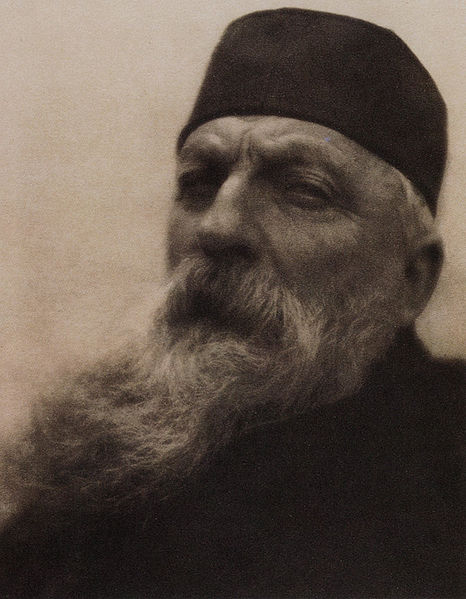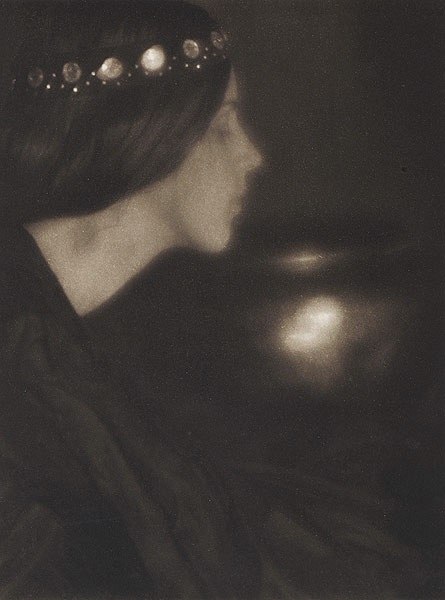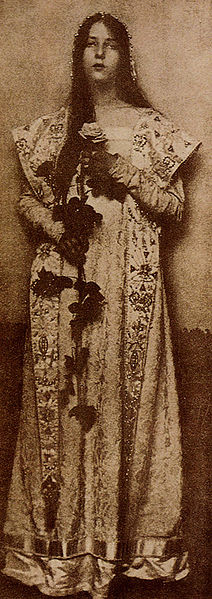Alvin Langdon Coburn was an early 20th-century photographer who became a key figure in the development of American pictorialism. He became the first major photographer to emphasize the visual potential of elevated viewpoints and later made some of the first completely abstract photographs.
Self-portrait, 1905
"Spider-webs", by Alvin Langdon Coburn. Photogravure published in Camera Work, No 21, 1908
"Bernard Shaw", by Alvin Langdon Coburn. Photogravure published in Camera Work, No 21, 1908
"Rodin", by Alvin Langdon Coburn. Photogravure published in Camera Work, No 21, 1908
Pictorialism is an international style and aesthetic movement that dominated photography during the later 19th and early 20th centuries. There is no standard definition of the term, but in general it refers to a style in which the photographer has somehow manipulated what would otherwise be a straightforward photograph as a means of creating an image rather than simply recording it. Typically, a pictorial photograph appears to lack a sharp focus, is printed in one or more colors other than black-and-white and may have visible brush strokes or other manipulation of the surface. For the pictorialist, a photograph, like a painting, drawing or engraving, was a way of projecting an emotional intent into the viewer's realm of imagination.
"The Black Bowl", by George Seeley, circa 1907. Published in Camera Work, No 20 (1907)
"The Rose", by Eva Watson-Schütze, 1905
"Fading Away", by Henry Peach Robinson, 1858
"Spring Showers, the Coach", by Alfred Stieglitz, 1899-1900








